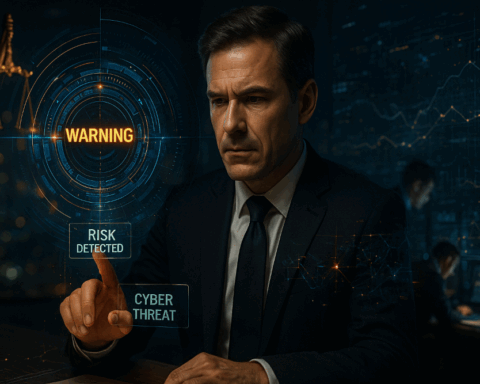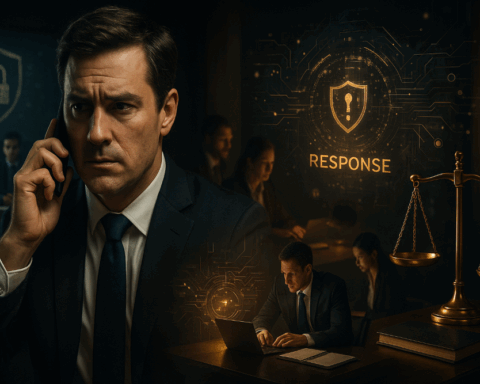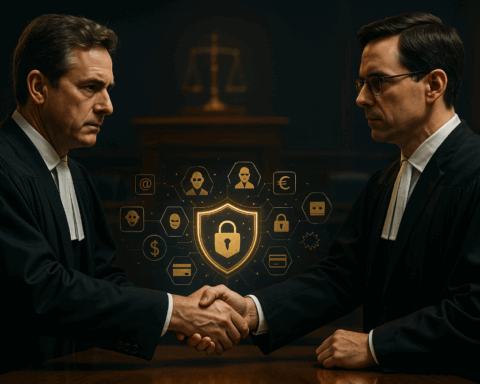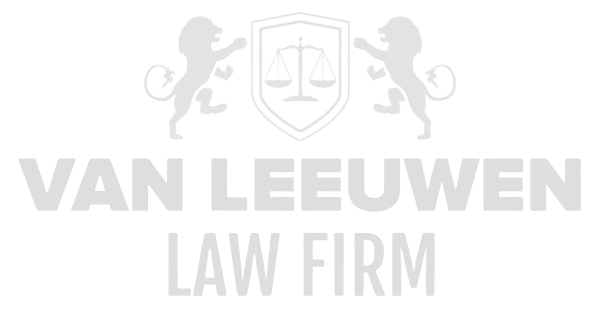Advising on the implementation of employee surveillance forms a crucial part of a Privacy, Data, and Cybersecurity Framework. In an era where digital workplaces, remote working, and cloud-based applications are the norm, organizations are seeking ways to ensure productivity, security, and compliance. However, employee surveillance directly impacts fundamental privacy rights and can quickly lead to mistrust or legal conflicts if not designed carefully and proportionally. A balanced approach, therefore, requires both a thorough legal review and a careful organizational and technical implementation.
Designing a surveillance framework requires a multidisciplinary collaboration: legal advice on the legal bases and processing purposes, security expertise for technical controls, HR input for ethical aspects, and communication professionals to ensure transparency toward employees. Only by uniting these disciplines can a surveillance model be developed that both provides effective insight into behavior and risks, and respects the privacy and dignity of employees. The following chapters outline this balanced framework in detail.
Legal Bases and Proportionality
The foundation of any form of employee surveillance lies in the legal basis. Under the GDPR, processing of personal data is only permitted when there is an explicit legal basis, such as a legitimate interest of the employer. Advice starts with drafting a balancing test in which the security and business interests are weighed against the privacy interests of employees. This ‘balancing test’ must be documented in writing and periodically reviewed.
Proportionality and subsidiarity are core elements: only surveillance measures that are truly necessary to achieve the intended purpose may be implemented. This means that techniques with a high privacy impact – such as keylogging or continuous screen recordings – should only be allowed if less intrusive alternatives (e.g., periodic audits or session logs) prove inadequate. This justification must be detailed in the privacy policy and in the DPIA (Data Protection Impact Assessment).
Finally, employees must be informed about the legal basis and the proportionality test. Transparency is not just a formality; it strengthens legitimacy and trust. This happens through written communication, intranet publications, and information sessions, in which the outcomes of the balancing test and the chosen measures are clearly explained.
Scope and Technical Architecture
Defining the scope of surveillance clarifies which systems, applications, and behavioral aspects will be monitored. This can range from access logs at physical locations and VPN connections to email traffic, USB usage, or behavioral analysis through SIEM systems. Advice includes a detailed mapping of all IT assets linked to data controllers and data flows.
The technical architecture for surveillance should be modular and centrally managed, with strict segmentation between operational data and surveillance logs. Using a Security Information and Event Management (SIEM) platform, combined with Identity and Access Management (IAM) and Endpoint Detection and Response (EDR), ensures a standardized and scalable monitoring infrastructure. Encryption and hashing of sensitive metadata in logs reduce the risk of unauthorized access.
It is important that only relevant events are collected; ‘noise’ leads to overload of the tools and increases the chance of inconsistent analysis. This requires predefined use cases – such as detecting unauthorized data downloads or repeated logins outside working hours – and specific correlation rules in the SIEM engine. This keeps the surveillance architecture manageable and goal-oriented.
Roles, Responsibilities, and Governance
A clear governance model defines which officials are authorized to access, analyze, and report on surveillance data. Roles such as the Data Protection Officer (DPO), IT security analysts, and HR managers each have clearly defined tasks and responsibilities. Escalation procedures ensure that any deviations in findings reach the appropriate management levels.
Analysis and interpretation of surveillance data should ideally be carried out by trained security analysts, who can distinguish innocent anomalies from actual incidents. HR plays a role in assessing behavioral patterns with disciplinary implications but only sees aggregated or anonymized data unless there is a concrete reason to request individual data. This data separation prevents misuse and ensures employee privacy.
The governance framework also includes reporting lines and periodicity: management dashboards for operational monitoring, quarterly reports for the executive team, and annual overviews for the DPO. Audits by internal or external auditors verify compliance with procedures, proper use of data, and the effectiveness of surveillance measures. This ensures that surveillance remains transparent, traceable, and auditable.
Communication and Transparency
Consent from employees is not required in cases of legitimate interest, but open communication is crucial to build support. Advice includes setting up a communication plan with tools like FAQ pages, workshops, and intranet updates. Every employee must understand which systems are monitored, with which tools, what data is stored, and how long logs are retained.
Feedback mechanisms are also important: employees should have a clear point of contact to ask questions or raise concerns about surveillance. This can be through the DPO, an anonymous reporting point, or a dedicated inbox. Periodic satisfaction surveys provide insight into perceptions of surveillance and potential areas for improvement.
Any changes to surveillance practices – such as expanding the scope or introducing new analytical techniques – are announced and explained in advance. By fostering a culture of openness and dialogue, surveillance can be viewed as a shared safety effort, rather than a controlling or distrustful mechanism.
Evaluation, Adjustment, and Termination
The surveillance process should be continuously evaluated for effectiveness, impact, and privacy consequences. KPIs such as the number of incidents detected, false positive ratios, and average response times help measure the value of surveillance. Additionally, the proportionality test is periodically reviewed to determine whether intrusive tools are still justified.
Technical and organizational adjustments may include deactivating unnecessary controls, refining correlation rules, or adjusting log retention periods. These changes follow the change management process, including a new DPIA if the scope changes significantly. This ensures that surveillance always remains aligned with current risks and privacy regulations.
When terminating surveillance measures – such as after the completion of a project or organizational change – strict procedures apply for deleting or anonymizing collected data. This prevents outdated data from unnecessarily persisting. The termination is formally documented in the governance framework, including a final audit report confirming that all data has been deleted in accordance with policy.









